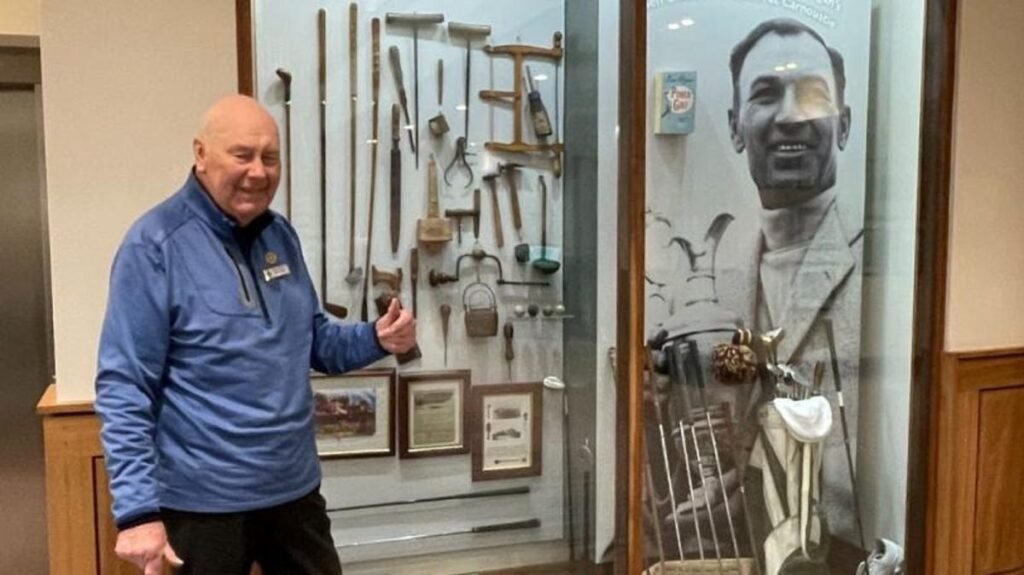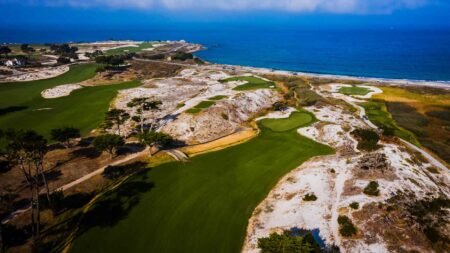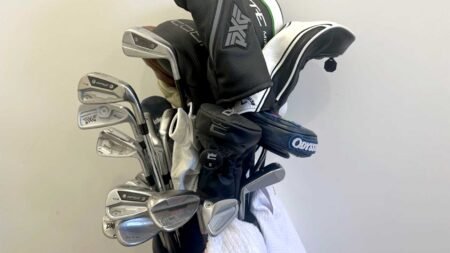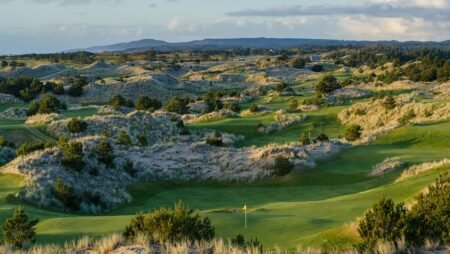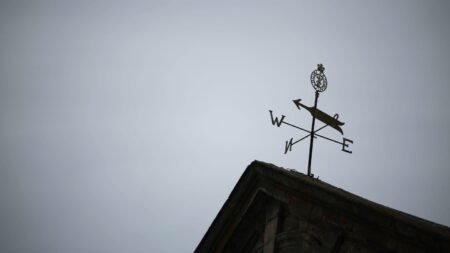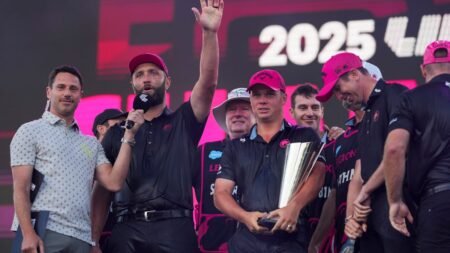The grandson of renowned club maker Robert Simpson, Trevor Williamson grew up in the family home of Rockliffe House, located next to the 18th fairway of “The Champ” course at Carnoustie.
He made his first sale in the colorfully domed family business, Simpsons – the world’s second-oldest golf shop – during the 1953 Open won by Ben Hogan. This kicked off a lifelong career of making clubs and caddying for many of the game’s greats, and amateur players alike.
Today, he is sometimes known as the “Keeper of the Carnoustie Way,” a title bestowed upon Williamson about six years ago after he agreed to take the job as ambassador for Carnoustie Golf Links. Previously publicly owned, Carnoustie Golf Links was taken over earlier this year by private investment group CGHH, which also now owns Simpsons Golf Shop.
Q: The game has changed dramatically since the days when your grandfather was making clubs – what was it like back then for the owner of a golf shop?
Trevor Williamson: Back in those days, it was the golf club maker – that was a golf shop.
I did club-making most of my life [and] you had to do quite a lot of everything else. Remember, back in those days in the 1900s, there were no items like we have [in the shop] today, the sweaters, the shirts, the caps – all that sort of stuff that we sell a lot of now. It’s a different story completely.
So what was “everything else”?
TW: I’ve got the letter, a copy of it, of grandfather’s appointment to the job at Carnoustie which was August 1883. When he got that, he then had to do other things as well. He had to look after the members, there was club-making, club repairs, teaching, playing in tournaments, but he also had to look after the golf course.
They did tons of stuff at that time, a shocking amount when you work it out, as I’ve done. When I write it down, you look at it and think my goodness, imagine getting somebody to do it now. Perhaps not – I don’t know.
A tough job, then?
TW: It was a lot of work and a lot of hard work, and of course, you’re not just making a thing that is attractive to look at and attractive to feel – it has to work. It has to give that sort of feeling like yeah, this is a better club than the other guy’s.
I would say back then it was definitely an art form, you know? The skill that many of them had – I collect clubs in a little display here down the stairs – you can see it, put it that way. You can see the way the wood was worked and the way they did the clubs. We talk about “custom-made” – you know that expression – but basically, back then they all custom-made your clubs.
What’s the job description for “Keeper of the Carnoustie Way”?
TW: I kind of do my own thing. I work from Monday to Thursday and that’s during the day. I do things at night because I have a lot of American friends, like the new investors and all that, and I keep in contact with them mainly to do with the history. People come and saying would you do a chit-chat, and I say yeah, I’ll do that, no problem.
We don’t do it all the time, it’s just whenever they want it, because you’ve got to remember there’s an awful lot of people who come here to play golf and they don’t know about the history. You don’t force it on them, it’s just if they like it, we can do it, so that’s kind of what I do.
So it’s an important part of the package for tourists?
It can be, and the great thing is it can add a lot. If I do even half an hour, say in the boardroom, or half an hour in The Rookery restaurant, or whatever amount of time suits, I always have something they can touch.
I’ve got a feather ball, they can hold that. I’ve got very old clubs from 1880, they can hold those and see what it feels like, so that actually for a little while they’re travelling back – just that sort of feel of going back in time.
Read the full article here





